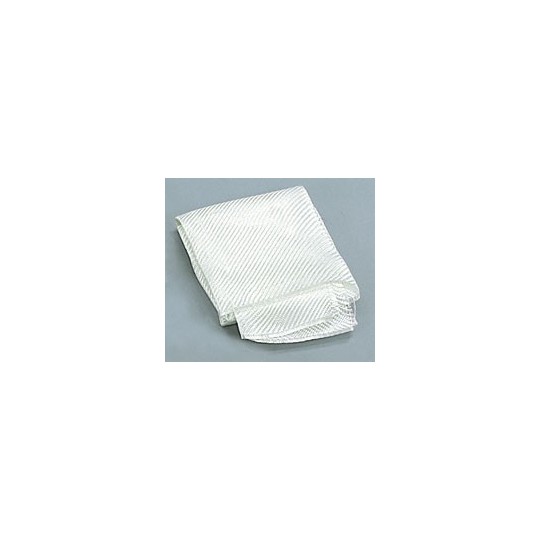7 Products
These products are used in the construction industry, particularly for wall cladding, and are widely used to make all kinds of composite parts. It is also commonly used in the automotive and aerospace industries. In model making, not only do you find parts or moulding in this material, but it is also used for repairs. Fibreglass is used for various car body parts, boat hulls, and previously for aircraft fuselages and moulds. As for these objects, this material can therefore be used for these same types of parts in model making.
How to choose your fibreglass ?
Choosing the right type of fibreglass will depend largely on what you wish to achieve with it. Perhaps you are looking to make a repair, or a mould for a part, or even to make the part itself. Certain aspects will need to be checked, including its covering power, its visual aspect, how easy it is to fit and how well you can mould it to the material.
You will need to consider the weight. Go for something heavier for an irregular surface, and lighter for a flat or new surface. It is rare to find a glass cloth that exceeds 100 g/m² in model making. Something else important to consider with fibreglass is the resin that is combined with it. This substance is a plastic material which the fibreglass reinforces. The choice of fibreglass depends on the material you are using and also the shape of it, which will then determine the type of resin you use. A mixture of polyester and epoxy is generally used, the proportions of which vary according to the level of stiffness required.
How do you look after your fibreglass ?
Fibreglass is a very strong material. Once solidified, the resin-fibreglass mixture is light and virtually indestructible. However, bear in mind that as it ages, it can begin to show some defects which are most often aesthetic.
Fibreglass, as its name indicates, is actually a fabric. It is therefore not uncommon, if the resin wears out, for the fabric to fray at the ends and so this is something that should be checked when covering it. The maintenance will be easier if the glass fabric has been well laid out from the start.
This means having a sanded and cleaned surface to start with, so that the fibreglass/resin mix adheres well. Once this is in place, you will have an extremely solid result. The fibreglass will then need to be sanded again to achieve an even finish. Once it has been sanded and cleaned, it can be painted and varnished if necessary.
While fibreglass is virtually indestructible, resin is not very resistant to ultraviolet rays and can tarnish or even break. A coat of paint can provide excellent protection against this.












